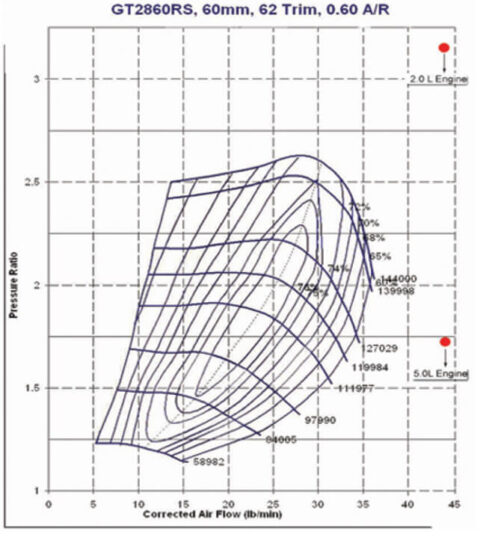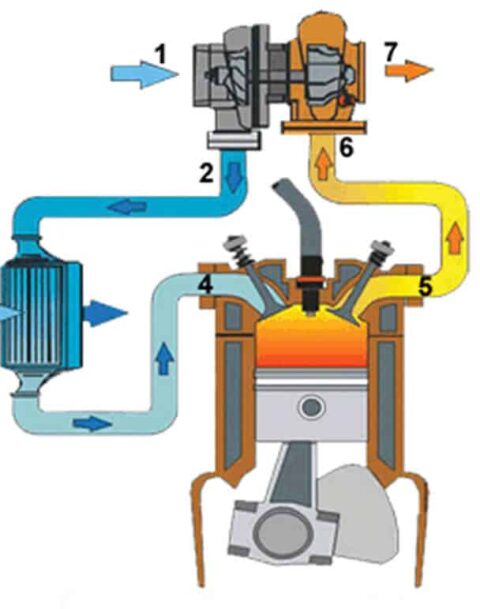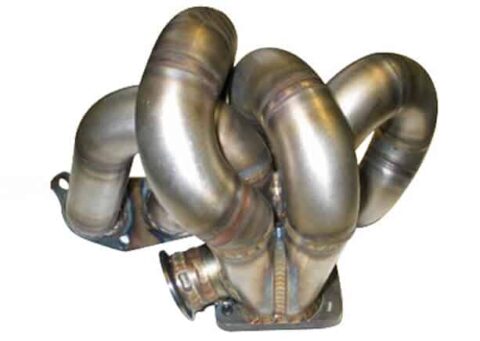Electric Turbo, a key technology for Hybridized Powertrain (Lambda 1, Performance and Energy efficiency)
The automotive world is undoubtedly in a period of flux. Urban air quality and climate change are the key drivers and new technologies such as zero emission, connected and autonomous vehicles are causing significant changes in the mobility landscape. Full electric vehicles (EV’s) are growing quickly on a percentile basis but require significant monetary and “in kind” incentives such as preferential city access, parking and exemption from life cycle CO2 counting, to stimulate adoption, at least in the short term. Legislation is also evolving rapidly. Real driving emission (RDE), the clean vehicle directive (CVD), CO2 monitoring and the still to be published Eu7 emission targets are being designed to transition the european fleet to one that can be measured and monitored firstly in terms of real world emission and ultimately in life cycle CO2 footprint. Change is not only taking place in automotive however. In the energy sector, the renewable energy directive (RED II) and the gas market design are the instruments with which the EU commission will steer the primary energy industries such as electricity and natural gas towards the goal of 90% reduction in CO2 by 2050. All these actions will take time to shape the individual industries but convergence will be well advanced by 2025 and by 2030 it should be possible to start comparing based life cycle CO2 in a meaningful way.





















